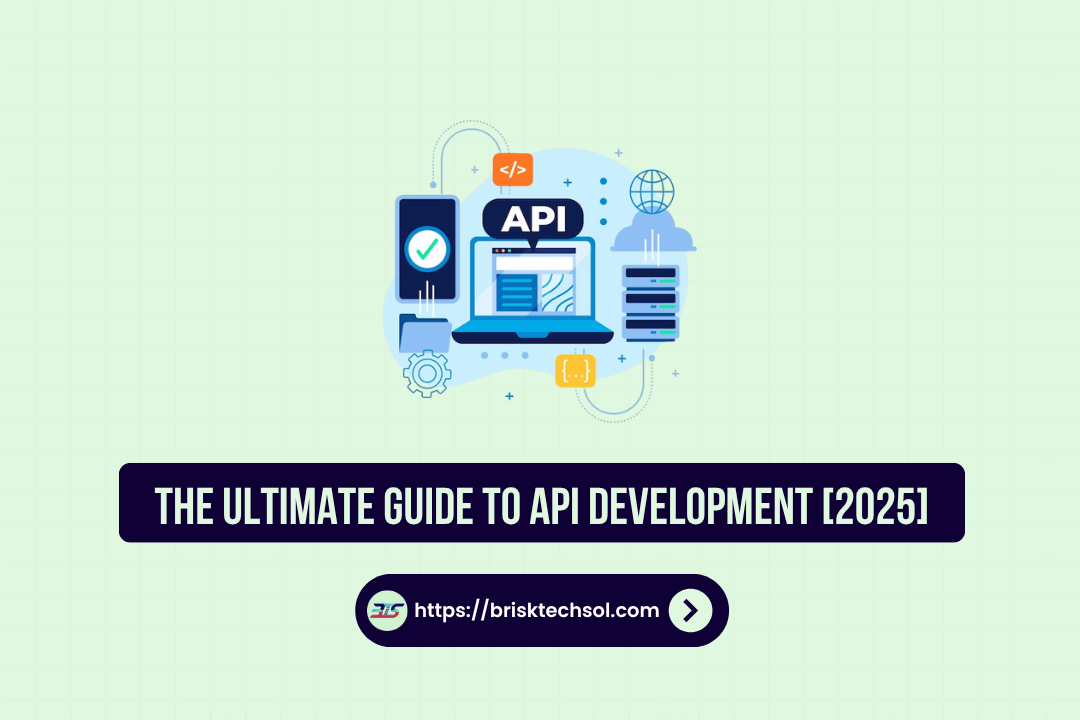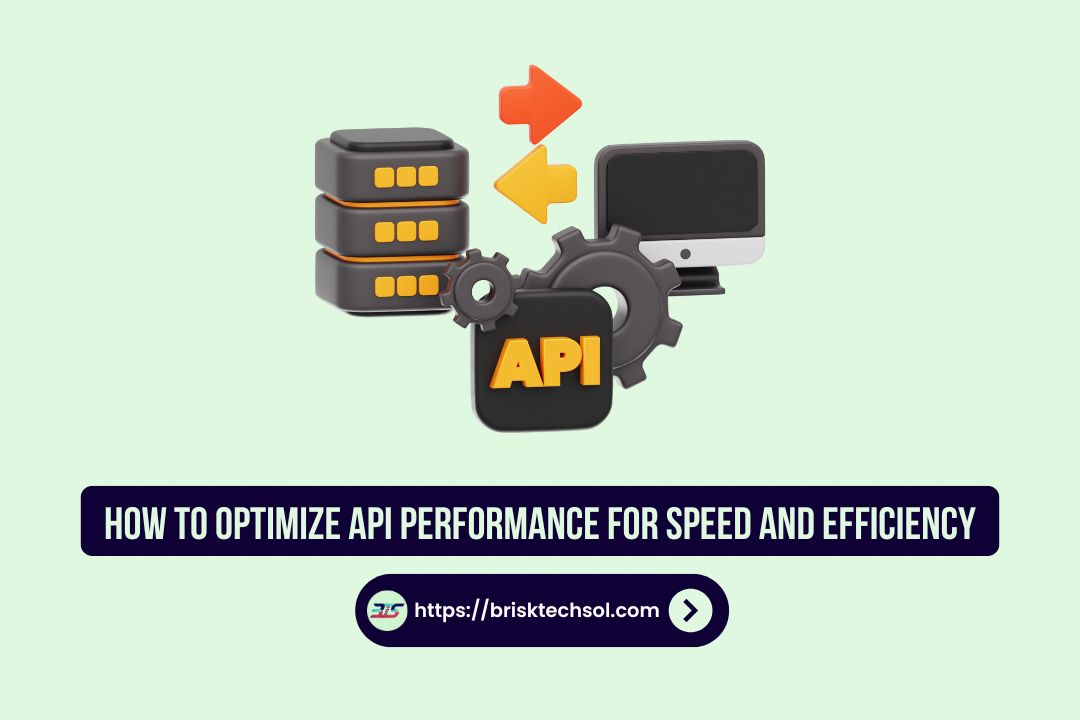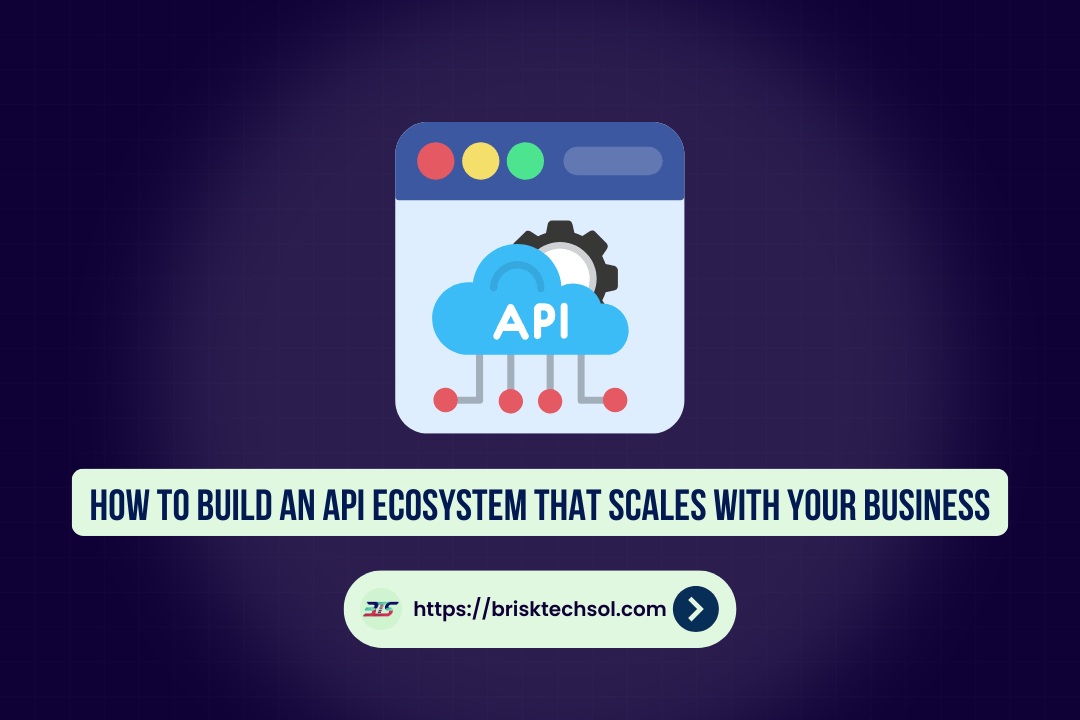Collaboration is at the forefront of new ideas in the field of software engineering, which is changing very quickly. As more companies use distributed teams, remote work, and agile methods, they need strong tools that make it easier for everyone to work on projects together. Here comes co-development software: platforms that were specifically made to make working together between internal teams, external partners, and even clients easy. By 2025, improvements in technology, such as AI-driven code suggestions and real-time cloud integration, will have made these solutions essential for companies of all sizes.
What Is Co-Development Software?
Imagine building a product alongside friends instead of going it alone that’s essentially what co‑development software does for teams. It’s a shared online workspace where your in‑house developers, outside experts, and even different departments can all jump in, pitch ideas, and write code together. Everyone works from the same playbook shared repositories, design files, and chat channels so nothing falls through the cracks. The result? Smarter solutions, faster turnarounds, and a real sense of “we’re in this together.”
How Does Co-Development Software Work?
It starts by gathering everyone around a clear goal think of it as setting the game plan before kickoff. Each participant gets their own lane (via permissions) but can peek at what others are doing, keeping the team in sync. Developers then build in short sprints: write code, run automated tests, and get quick feedback through in‑app comments or task tickets. When features pass muster, they merge into the main project and roll out to users then rinse and repeat, iterating together as your product grows.
1.Enhanced Real Time
Modern co-development software is known for being able to let people work together in real time, even if they are in different places or time zones. Long emails and version control disagreements of the past are a thing of the past. Today’s platforms offer:
- Live editing of code: Several developers can work on the same file at the same time, and the changes are made right away.
- Chat and video are now integrated: Conversations that are directly linked to code snippets make switching between tools easier.
- Visual diff tools: Side-by-side comparisons make it easy to see what has been added, taken away, or changed.
Teams can avoid misunderstandings, avoid merge conflicts, and speed up sprint cycles by putting communication and code management in one place. In 2025, AI-powered collaboration assistants will even suggest bits of code based on what is being said, which will make the work even easier.
2. AI‑Driven Code
In the year 2025, artificial intelligence has become an important part of co-development software. Advanced AI modules work with code editors without any problems to provide:
- Help with autocomplete and code: Machine learning models that have been trained on millions of code repositories can guess what the next lines of code will be, which cuts down on syntax mistakes.
- Intelligent refactoring: Automatic suggestions for how to improve code structure, naming conventions, and managing dependencies.
- Finding contextual bugs early on: Before the code is reviewed, detect possible security holes or logic mistakes.
These AI-driven features not only make developers 30% more productive, but they also make all the code better. The software gets smarter with each commit because machine learning keeps getting better. This makes the lives of all developers easier.
3. DevOps and CI/CD Work Together
To keep up with rapid release schedules, it’s important to streamline the deployment process. DevOps and CI/CD pipelines are now deeply integrated in co-development software:
- One-click creation of a pipeline: Templates that are already set up for popular frameworks and cloud providers.
- Automated testing: Running unit, integration, and end-to-end tests in parallel on every commit.
- Setting up environments: With a single command, you can create staging, QA, or production environments in the cloud.
By adding DevOps directly to the collaboration platform, teams can avoid switching between tasks and make mistakes when setting up things by hand. This visibility from beginning to end makes feedback loops faster and releases more reliable.
4. Security and Grant Based Access
Security is still a big issue for companies that do co-development, especially when they work with outsiders. In the year 2025, co-development software platforms offer:
- RBAC (role-based access control): It lets you set permissions for each file, branch, or environment.
- Audit trails: Complete records of who looked at, changed, or deployed each piece of code.
- Single sign-on (SSO) and multifactor authentication (MFA): Strong authentication that makes it easy to connect to enterprise identity providers.
These security measures not only keep your intellectual property safe, but they also make sure that you follow rules like GDPR, ISO 27001, and SOC 2. Teams can invite outside contributors without worrying about security because vulnerability scanning and policy enforcement are already built in.
5. Architecture Cloud Built
Since cloud-native development became popular, teams are building and deploying apps in different ways. Co-development software in 2025 is built from the ground up to use the cloud’s features:
- Serverless functions: Let you do computing on demand and save money.
- Container orchestration with Kubernetes dashboards built in.
- Build servers and test runners: Can be scaled up or down based on workload.
With cloud-native integration, teams don’t have to worry about infrastructure costs because provisioning, scaling, and maintenance are all taken care of automatically. This makes it possible for even the biggest codebases to compile and test quickly, which keeps teams focused.
6. Complete Insights & Reports
Development managers can find bottlenecks, predict resource needs, and measure team performance with the help of data-driven insights. The co-development software platforms of today offer:
- Adopt analytics: Watch how often commits happen, how much code changes, and contribution heatmaps.
- Create and test metrics: Keep an eye on the average build time and pipeline success rates.
- Collaborative KPIs: Track how long it takes to respond to comments, the number of issues still open, and the speed of sprints.
Stakeholders can see at a glance how the project is going with customizable dashboards and real-time alerts. Predictive analytics can even guess when things will be delivered based on past data, which lets you reduce risk before it happens.
7. Easy integration
Modern development stacks are like an ecosystem no tool stands alone. The best co-development software has strong APIs and marketplace integrations:
- Running a project: Sync with Jira, Trello, or Asana to automatically keep track of issues.
- Design and prototyping: For visual reviews, add Figma or Sketch files directly to pull requests.
- Tools for security: Connect to Snyk, Veracode, or Dependabot to scan for vulnerabilities all the time.
Teams can avoid manual handoffs and keep a single source of truth for all development artifacts by connecting the dots between different tools.
8. Better Workflows
Code reviews are still an important part of quality assurance. This process gets better in 2025 with co-development software that adds:
- Commentaries and notes inline: No need to leave the code view for feedback loops that work smoothly.
- Automated checklists: Make sure that best practices are followed (for example, naming standards, test coverage levels).
- Approval workflows: Multi-level gates that need to be signed off on by certain reviewers before merges can happen.
These features not only make review processes more consistent, but they also give teams the tools they need to keep codebases of high quality as they grow. Automatic reminders and nudges on the dashboard help keep pull requests from getting old.
9. Cost and Flexible Licensing
As businesses grow, they need to be able to work together more. Co-development software providers in 2025 offer these things because they know this:
- Billing based on usage: Pay only for people who actively contribute or for the computing resources they use.
- You can choose between SaaS, on-premises, and private cloud installations with hybrid deployment models.
- Enterprise volume discounts: Save you money when you work with a lot of people or commit to a long term.
This adaptability means that companies of all sizes, from two-person startups to multinational corporations, can adjust their investments to fit how they are used, saving money without reducing capabilities.
10. Future Ready Innovation Roadmap
Finally, companies that are looking ahead look for platforms that have clear plans for innovation. Top companies that make software for co-development now focus on:
- Improvements to AI Co-Pilot: Getting better at finishing basic code and building features from start to finish.
- For supply chain security, blockchain-backed provenance: Means commit histories that can’t be changed.
- Virtual code labs for immersive training and debugging in extended reality (XR) environments.
Teams can stay ahead of new trends and keep their competitive edge in a world that is becoming more and more digital by working with a vendor that is committed to constant improvement.
Conclusion
Now a days, distributed world, picking the right co‑development platform isn’t optional it’s essential. These tools bring AI‑driven code insights, end‑to‑end DevOps workflows, and top‑tier security to your team, boosting productivity, improving quality, and fostering a transparent, creative culture. Ready to accelerate your projects? Explore the leading co‑development solutions and see which features make the biggest impact for you then share your experiences.
FAQs
Q1: What does co-development software really mean?
Platforms that let multiple people work together to make software are called co-development software. These platforms have tools for version control, communication, code review, testing, and deployment all in one interface. These solutions make it easy for multiple contributors to work on codebases at the same time. These contributors can be internal teams, external partners, or clients.
Q2: How does AI improve the way co-development works?
Modern AI modules built into co-development software can suggest ways to finish off pieces of code, find security holes, suggest refactorings, and even make test cases automatically. By cutting down on the work that needs to be done by hand, AI lets developers focus on more important tasks and speed up the delivery of new features.
Q3: Is co-development software good for small groups?
Of course. A lot of vendors have pricing based on usage and basic feature levels that are perfect for startups and small teams. Built-in CI/CD pipelines, automated testing, and real-time collaboration tools can help even a two-person project do better than expected.
Q4: Can I combine co-development software with the tools I already have?
Yes. The best platforms come with a lot of APIs and already-built connections to well-known cloud, project management, design, and security services. This interoperability makes sure that you can keep using the workflows that work best for you while bringing everyone together in one hub.









